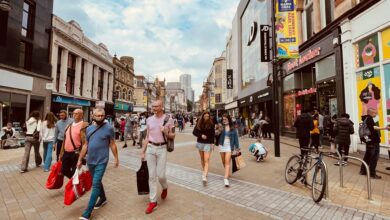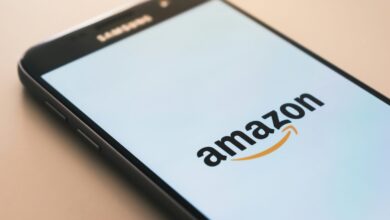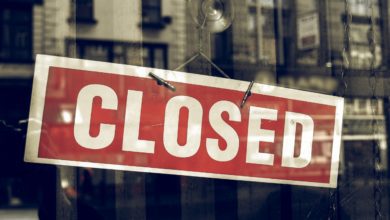Online sales reach 10% of all UK grocery spend amid Covid-19 lockdown

Register to get 1 free article
Reveal the article below by registering for our email newsletter.
Want unlimited access? View Plans
Already have an account? Sign in
The share of all grocery sales made online reached 10% in the last four weeks ending 18 April 2020, according to new data from Nielsen.
According to the data benchmarking firm, this is a rise from the 7.5% total recorded at the end of 2019, as UK shoppers opted to do more of their weekly grocery shopping online amid the Covid-19 lockdown.
Nielsen data shows that over 6.8 million consumers shopped for groceries online during the period, with almost one in three being new shoppers.
Moreover, the share of sales made at convenience stores – across all formats from independent to co-operatives and those of the big supermarkets – reached a new high of 30%, with sales increasing by 9%.
In terms of category performance, Nielsen data showed that UK shoppers remained “focused on purchasing ambient groceries”, including shelf stable goods (+17.6) and frozen foods (+13.5%), as well as beers, wines and spirits (+6.5%), which all increased in sales compared with the same period last year.
Sales in confectionery (-20%) and delicatessen (-21%) declined the most, the latter also being attributed to the majority of counters being closed in larger stores, as retailers redirected resources elsewhere to “keep up with demand”.
Mike Watkins, Nielsen’s UK head of retailer and business insight, said: “Retailers have increased online capacity significantly in the last few weeks, and they have worked quickly to adapt to the demands of shoppers amid the COVID-19 lockdown.
“This has been done by increasing the number of delivery slots whilst prioritising the more vulnerable and improving order sizes so that shoppers can minimise the frequency of shopping.”
He added: “Though this has taken away some of the footfall to stores, retailers’ impressive efficiency online in the last few weeks has relieved a lot of the pressure on store operations, which have been impacted by social distancing requirements that have limited both how we shop and what we buy.”







